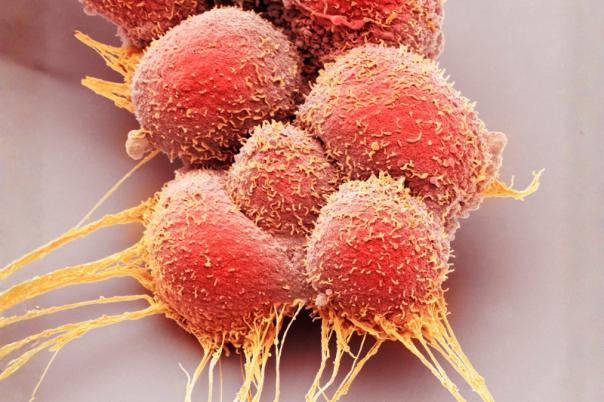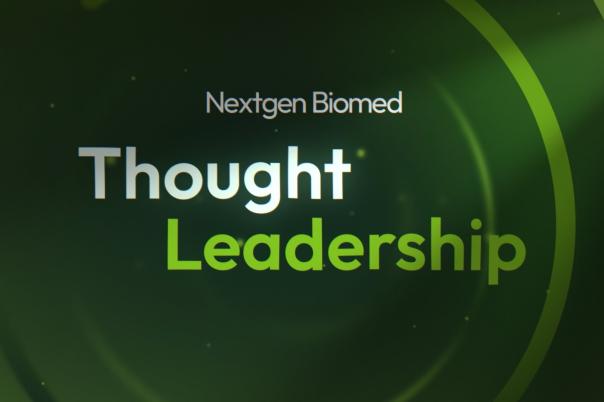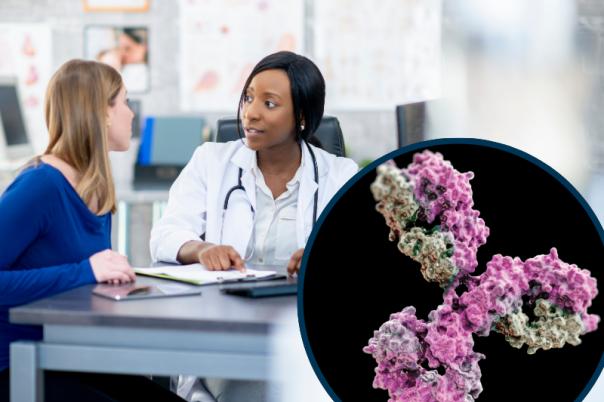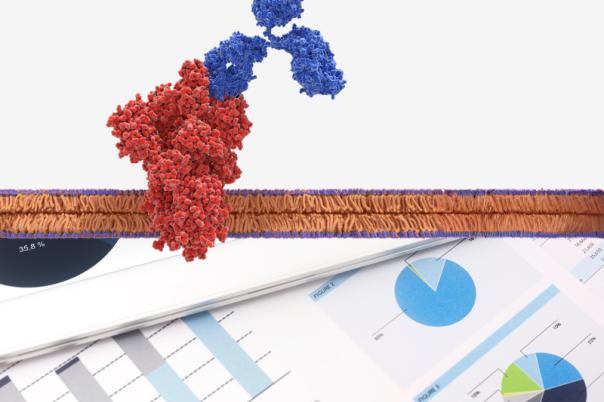Jorg Wischhusen, from the University Hospital in Wurzburg and founder of Catalym and Toleris Biotherapeutics, discussed his research on tumour immunology. He began by explaining the role of HLA G in pregnancy, highlighting its importance in immune tolerance. HLA G, expressed in the placenta, thymus, and certain cancers, helps maintain a diverse immunological repertoire for the offspring while allowing the maternal immune system to tolerate the foetus.
Wischhusen described the development of chimeric molecules called autoimmunity modulating biologicals (AIM Bios), which combine antigen presenting domains with the HLA G α3 domain. These molecules induce regulatory T cells, which can suppress immune responses in a targeted manner. In experimental models, AIM Bios facilitated the induction of regulatory T cells that protect tissues from autoimmune attacks.
He also discussed the role of GDF 15 in tumour immunology. GDF 15, a cytokine overexpressed in tumours and the placenta, disrupts immune cell adhesion and migration, impairing anti-tumour responses. Blocking GDF 15 enhanced immune infiltration in tumours, improving the efficacy of immune checkpoint therapies.
Wischhusen presented data from various studies, including mouse models and clinical samples, demonstrating the effects of blocking GDF 15. In mouse models, blocking GDF 15 promoted tumour growth in immunocompetent mice and reduced immune cell infiltration in tumours. In clinical samples, high GDF 15 levels correlated with poor responses to immune checkpoint blockade.
He concluded by emphasising the potential of targeting HLA G and GDF 15 for new therapeutic strategies in autoimmune diseases and cancer. The research highlighted the potential of AIM Bios and GDF 15 inhibitors in enhancing immune responses and mitigating immune-related adverse events.
Wischhusen's presentation provided valuable insights into the mechanisms of immune modulation and the development of novel therapies for autoimmune diseases and cancer.





